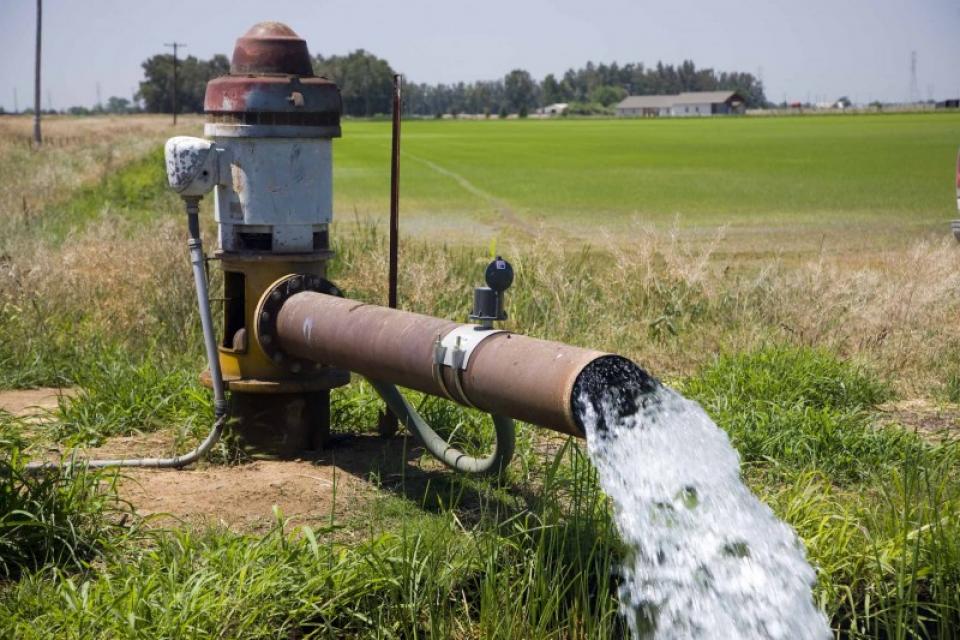
According to new research, groundwater is expected to warm by 2-3.5 degrees Celsius by the turn of the century, endangering ecosystems that depend on the resource as well as perhaps compromising water quality and safety.
The “world’s first global groundwater temperature model” projected that the Amazon rainforest in South America, Northern China, Central Russia, and other regions of North America would see the fastest rates of warming.
While weather patterns and water availability receive a lot of attention when discussing climate change, a team of researchers led by those from the Karlsruhe Institute of Technology in Germany pointed out that groundwater, which is essential to life as we know it, should also be taken into consideration.
Warming of groundwater can adversely impact ecosystems relying on them, they said.
“During dry spells, rivers depend on groundwater to maintain their flow. Less dissolved oxygen is held in warm waters”, according to research co-author Gabriel Rau of the University of Newcastle in the United Kingdom.
Additionally, the model predicted that 60–600 million people worldwide might reside in regions where groundwater temperature surpasses the highest national recommendations for drinking water temperature by 2100.
Only 18 out of 125 nations presently have guidelines for drinking water temperature, according to the World Health Organization.
According to Rau, warmer groundwater increases the possibility of microbiological growth that causes disease, which could have an impact on human health and the quality of drinking water.
“This is especially concerning in areas where access to clean drinking water is already limited, and in areas where groundwater is consumed without treatment,” he added.
The researchers simulated present groundwater temperatures and projected global increases between 2000 and 2100 based on the way heat distributes in water. Groundwater is found in the pore spaces of rocks and soils beneath the surface of the Earth.
“We show that groundwater at the depth of the water table (excluding permafrost regions) is conservatively projected to warm on average by 2.1 degrees Celsius between 2000 and 2100 under a medium emissions (scenario),” the authors wrote in the study published in the journal Nature Geoscience. Under this scenario, emissions trends do not markedly change from historical patterns.
The model did, however, indicate that the temperature of the groundwater may climb by 3.5 degrees Celsius in the event of heavy emissions or development fueled by fossil fuels.
According to the researchers, there may be reason for concern regarding groundwater warming, but this will depend on whether efforts to reduce greenhouse gas emissions will help address the issues of climate change.
Warmer groundwater can also impact water quality by affecting its chemistry and microbiology, they said.
Co-author Dylan Irvine of Charles Darwin University in Australia stated, “If temperatures rise, we may see significant impacts to our local aquatic animals, including their spawning processes which will impact industries and communities that are reliant on these ecosystems.”
